Shifting from Time-consuming Teacher-led Workflows to Sustainable Student-led Workflows
Catlin Tucker
JANUARY 10, 2022
Too many students spend their days in classrooms passively observing, instead of actively engaging. As a result, they are not developing their metacognitive, critical thinking, and self-regulatory skills; all of which are critical to success both in the classroom and beyond. The goal of these workshops is twofold.

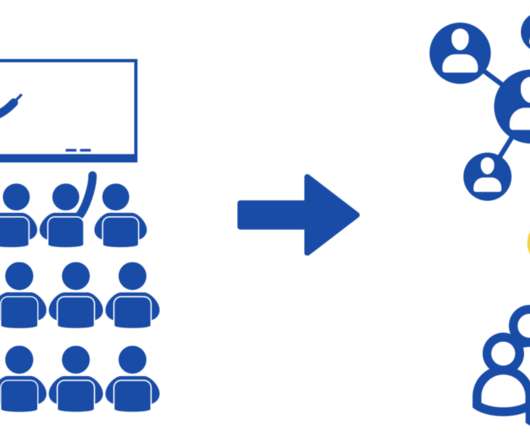
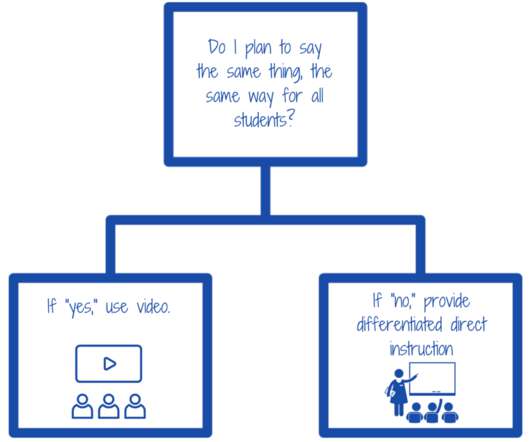
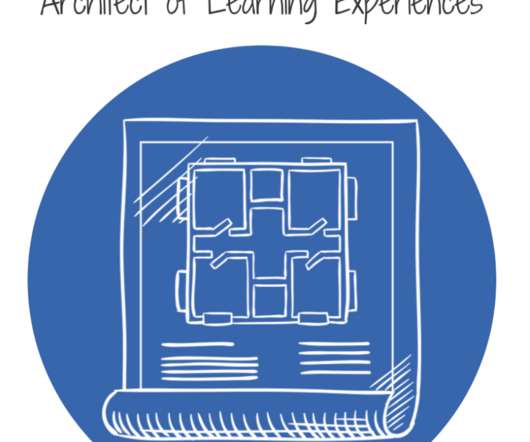

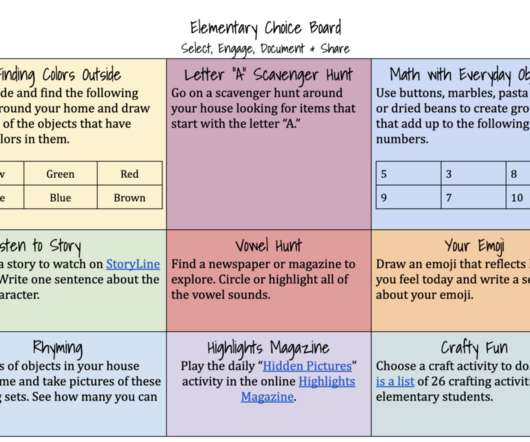
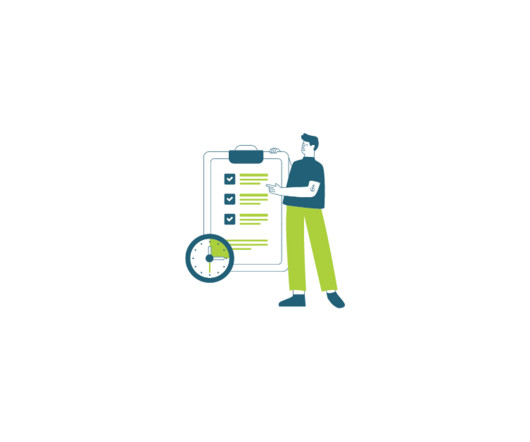
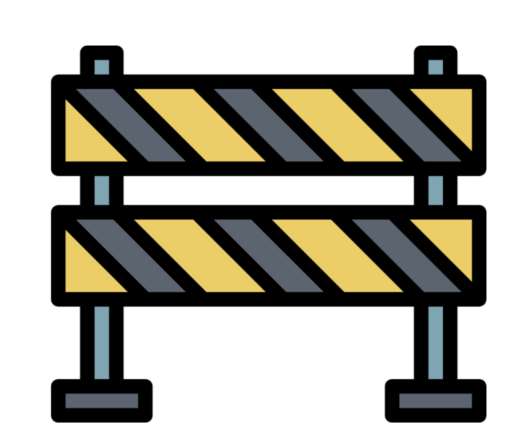










Let's personalize your content